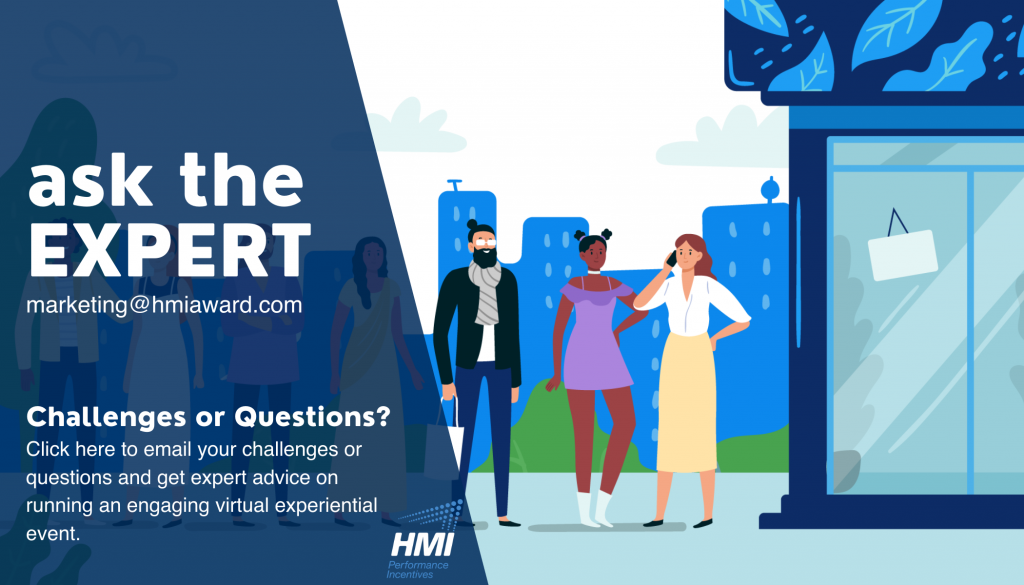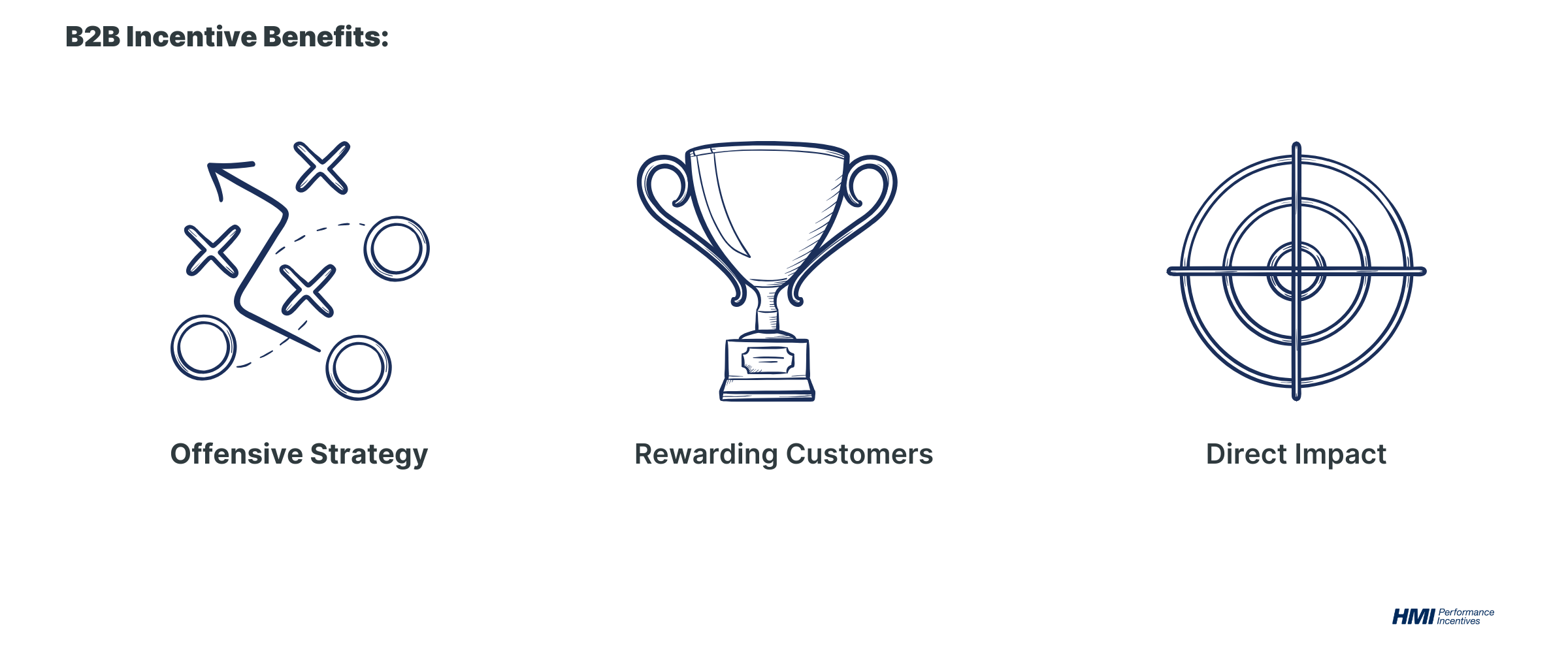When business is good, retaining current market share and even capturing more seems like a smooth ride. Just keep doing what you’re doing, and good things will continue to happen.
Free Download: B2B Customer Loyalty eBook
But as we all know, the tide can turn pretty quickly. And when a market downturn hits, and the economic seas become choppy, we may find ourselves struggling just to stay afloat.
In these situations, differentiation can be especially challenging. Everyone’s looking for any angle they can find to keep their customers happy. And, if they’re lucky, they can even attract new ones.
When spending is down and money is tight, what’s the best strategy for capturing market share? Lowering prices would seem to be the obvious answer, but is it the right one?
What about B2B incentives? Could strategically investing in your sales and marketing approach prove more effective? Could that be the best and fastest way to pull your organization up out of a downturn?
Pricing Power: A Siren’s Song?
In competitive industries, there’s no doubt that pricing power is an appealing option when it comes to attracting customers. You lower your prices, and your current customers are happier. But this also has the potential to lure dissatisfied customers away from your competitor.
It seems like a win-win. But there are a couple of problems with this.
First, price is a defensive strategy and the easiest marketing tool for your competition to compete against. Once you lower your prices, what’s to stop your competitor from doing the exact same thing? If you don’t have the bigger margins to begin with, a price war may not be in your best interest.
Additionally, price changes often reveal themselves in the long run to be Pyrrhic victories. This is true even if they’re successful in wooing customers. That’s because lower prices tend to erode gross and net profit margins and may eventually lead to lower market pricing.
Unless it’s marketed as a sale or discount, this price change can be difficult to recover from. Your customers may not accept a reversion back to “normal” pricing once market conditions improve.

Finally, the effectiveness of pricing power is not the same across all industries.
For example, contractors in the building materials industry certainly need to be price-competitive. But in this particular sector, labor tends to be the primary driver of a contractor’s pricing, not materials.
Therefore, as a supplier, if you were to lower the cost of your materials, the effect of this change might be muted if your competitors’ customers are simply lowering their cost of their labor in the short-term.
In other words, it’s important to consider what the main drivers of loyalty in your business are. Typically, a fair price point is simply table stakes for B2B customers—so where else might you be able to find an advantage when it comes to your value proposition?
B2B Incentives: An Evergreen Solution?
This brings us to another option that can help you improve market share, even during difficult economic circumstances: B2B incentives. When you want your customers to keep buying from you—or even better, buy more—you need to give them a reason to do so.
After all, when times are tough, often they’re tough for everyone. So, as we mentioned, you could certainly try lowering your prices in an attempt to persuade customers to stick with you. But again, there are some challenges there.
On the other hand, incentives can provide that extra reason without hurting your bottom line. How?

The Benefits of B2B Incentives
For starters, an incentive program is an offensive strategy. It’s one that’s ideally structured to be self-liquidating. This means the incremental gross margins generated from a customer’s increased purchases should end up paying for the cost of the program—and then some.
Also, depending on your industry and where you are in the sales channel, your program may even be eligible for some alternative funding methods. This could lead to even more cost savings.
A second important point regarding B2B incentives is that their benefits can have more of a direct impact than a simple price cut.
While the price of something tends to be forgotten by customers, a skillfully crafted and carefully targeted incentive program can speak directly to them. In many ways, incentives are marketing tools as much as they are sales tools, allowing you to communicate with participating customers while also providing an opportunity to earn their business.
This is especially true in the B2B space where a decrease in price could feasibly be passed on to the end-users. This would dilute your attempt at differentiation.
Conversely, an incentive program would provide your customers with rewards that they could keep for themselves and readily refer to when making future purchases. So when your customers ask the question, “When I buy from you, what’s in it for me?” they now have a tangible answer.
What’s more, research has shown that non-cash incentives are superior to cash when it comes to being memorable and motivating, further suggesting that these incentives are the better strategy when it comes to customer loyalty.
Conclusion
When facing the perspective of a market downturn, there are many ways you can consider trying to survive and thrive. When you choose to make price changes to attract or retain customers, this might seem like a quick fix in the short term.
But in the end, a race for price between you and your competitors really just becomes a race to the bottom. And as we’ve discussed, this can create unwanted side effects.
B2B incentives, however, are a way to build upwards. What’s more, it can be done no matter the macro economic situation. Research points to the fact that companies who invest in sales and marketing typically grow during a market downturn and experience accelerated growth when the economy rebounds.
The same cannot be said of price changes.
Ultimately, this all ties into a simple and fundamental idea. Customer loyalty is an emotion, not a transaction.
Price is a transactional touch point, and by nature it’s impersonal. The “secret sauce” of incentives is that they allow you to reach your customers in a personal way. It’s a factor that can be invaluable when it comes to cultivating loyalty.
Decade after decade of proof has demonstrated that well-designed B2B incentives are an effective way to grow both in good times and in bad. It suggests that the age-old adage of “the best defense is a good offense” continues to hold true.








